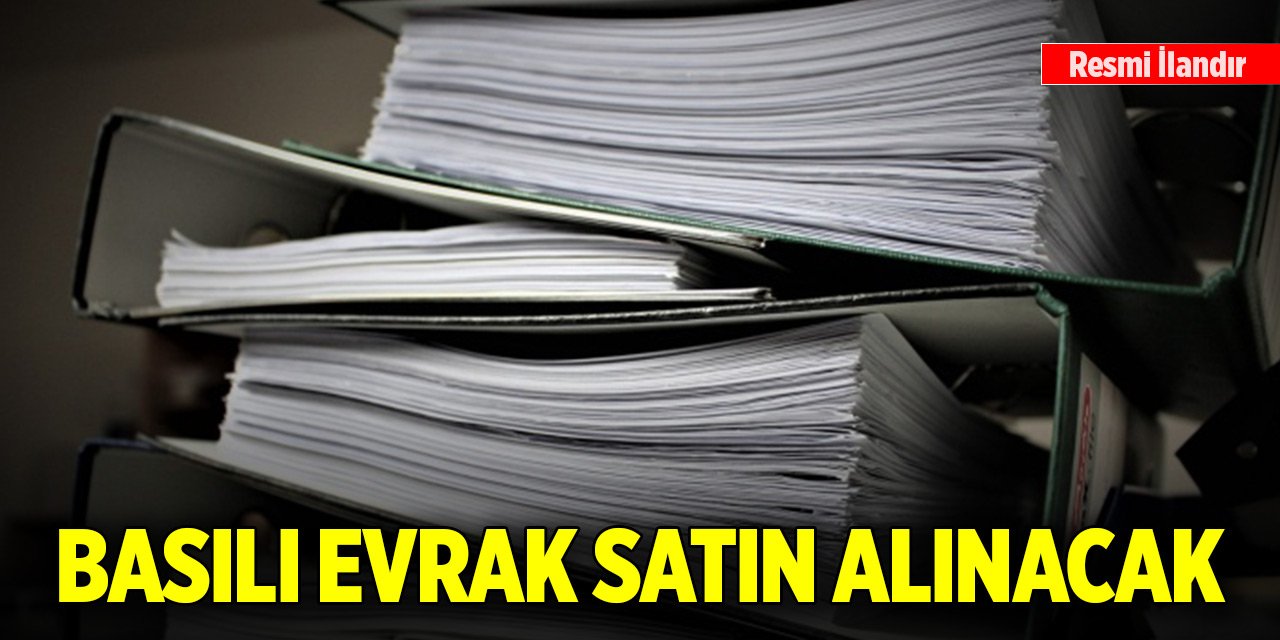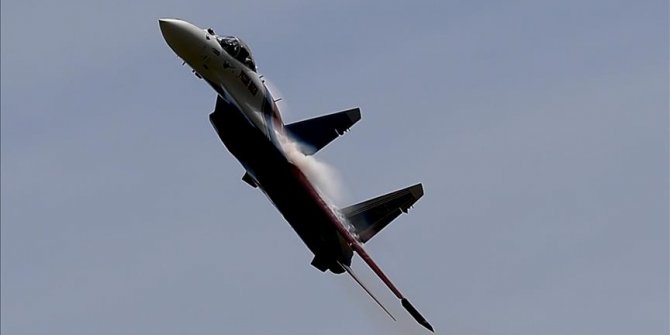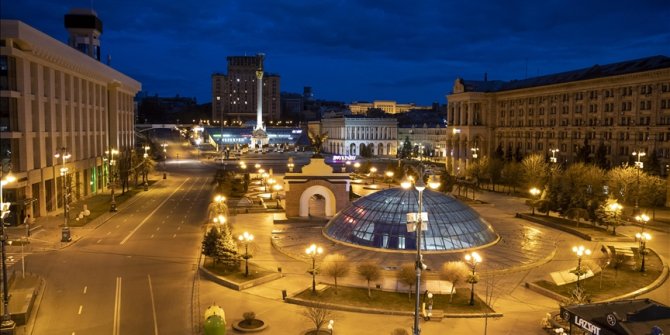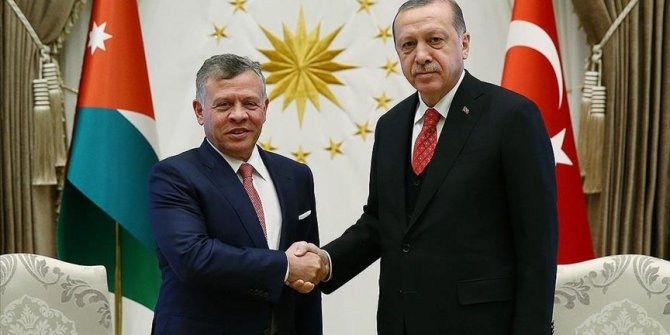Dangerous escalation east of Euphrates

The forces under the Ba'ath regime suffered a heavy defeat in Deir ez-Zour in 2012, shortly after the conflicts in Syria had broken out. By 2015, Daesh militants captured the existing lines of contact with the rest of Syrian cities, thereby laying complete siege to all the elements in the province. At that time, the only way out was to create an air bridge, as was the case in many areas under siege, to which all land access was cut off.
Today, however, Deir ez-Zour has a completely different military dynamic. On the one hand, the U.S.-backed forces formed by the so-called Democratic Union Party (PYD), and on the other, the Syrian Arab Armed Forces, supported by Russia, are engaged in a fierce competition to gain control of the hydrocarbon resources as well as the Iraqi border. This competition is obviously the very factor that raises the scepter of a conflict on a greater scale in Syria.
The close monitoring and an accurate evaluation of the Deir ez-Zour operation of the Ba'ath regime forces is of critical importance both for Turkey and the regional states. What makes this so important is that the military intelligence findings to be obtained here will play a major role in understanding the future Syrian Arab Armed Forces' combat capabilities, doctrine, and its tactical approaches to conflict.
We understand from the scope of the operation plan in Deir ez-Zour that the regime is advancing toward the city with two separate military units. The unit that made the first contact, through a successful break-out operation, with the besieged base of the 137th Brigade, and attacked the Daesh elements from the north is the 104th Brigade of the elite Republican Guards. The commanding officer of this unit is Isam Zahraddin, one of the leading generals of the Syrian regime. At this point, we should note as an important anecdote that Bashar al-Assad is also an honorary member of the Republican Guards.
To the south are the Tiger Forces of Gen. Suheil al-Hassan, who did not directly participate in the break-out operation. Gen. al-Hassan comes from the Syrian Air Force Intelligence, and on account of his use of barrel bombs and chemical warfare agents, ranks very high in the list of people the West has imposed sanctions on.
The regime's offensive is being carried out largely by paramilitary elements. Of the paramilitary elements in question, two are particularly prominent: the Lebanon Hezbollah and the so-called Desert Hawks Brigade. According to open-source intelligence data, there has been intensive Lebanese Hezbollah activity around Deir ez-Zour since the beginning of 2017. And the participation of the Desert Hawks Brigade in the operation drops major hints for us about the regime's plans regarding the hydrocarbon reserves in Deir ez-Zour. Although it nominally operates under the 5th Army Corps, this paramilitary group is mainly independent and funded by Ayman Jabir, a businessman closely affiliated with Assad.
It is safe to say that the hybrid warfare strategy adopted in recent years by the Ba'ath forces in order to operate its regular and irregular troops in an integrated manner will not be limited to the current conflict zone. The reason is, the regime seems to be immensely benefiting from this course of action. In addition, Russia and Iran, which the Syrian Armed Forces can take as a reference in overhauling itself, also benefit from similar concepts.
Dangerous developments
What we should know about the two military operations being carried out concurrently in Deir ez-Zour is that they have been planned against one another geostrategically even though these U.S. and Russian-backed operations outwardly seem to be jointly targeting Daesh.
The main purpose behind them is to control the Syrian-Iraqi border and dominate the hydrocarbon resources. For this reason, the likelihood of the U.S. targeting the Ba'ath regime elements and Russia targeting the People's Protection Units (YPG) -- also a PKK offshoot -- is quite high, given the ongoing conflicts in this region, and particularly because this has indeed occurred before.
For Turkey, on the other hand, we cannot possibly foresee any palatable options at the operational level and in the short term since it is a fact, voiced by a number of international observers, that the PYD attempted, through forced population movements, to ethnically cleanse the areas it has captured although it had been declared that in the restructuring of Raqqa, the pre-conflict demographic composition of the city would be taken as a basis.
Therefore, the PYD will probably develop an opportunistic understanding based on its consideration of the hydrocarbon resources in Deir ez-Zour as the financial source of its "autonomy and separatist dreams" -- reminiscent of Masoud Barzani's vision of Kirkuk in Northern Iraq.
And as for what would happen if the hydrocarbon resources in Deir ez-Zour were to be controlled by the Syrian Arab Armed Forces; it is just too obvious. These resources will never be used to establish a broader social consensus for the displaced Syrians to return to their homes and start rebuilding their lives. These resources will be allocated to the businessmen close to Assad, who are funding the paramilitary elements involved in the operation.
In this way, the nepotistic domination over the natural resources in the country will remain in the hands of the Ba'ath party elites, the commanders of the privileged units of the Syrian Arab Armed Forces, and the members of the bourgeoisie close to the Assad family, as has been the case for many years.
An announcement made by Gen. Isam Zahraddin, while the operation was still underway, that those who fled the country would not be forgiven and his severe warning that they should not come back is enough evidence to prove our point. The Ba'ath regime will do everything in its power to prevent the forcibly displaced Sunni population, because it thinks that the current demographic structure is favorable for the first time since the Hama revolt in the early 1980's.
Towards east of Euphrates
In the meantime, a major development unfolding is that the Assad forces have accelerated their passage to the eastern side of the Euphrates owing to the efforts of Russian engineering units. As was reported by the media nearly a week ago, various elements from the Syrian Arab Armed Forces began their passage as of Sept. 18. And this engineering feat pulled off by Russia in such a short time is put down to its ability to swiftly deliver the required equipment to the conflict zone due to the logistical supply line jointly established with Syria. The passage of the regime forces across the Euphrates is a critical issue since the likelihood of clashes with U.S.-backed forces has thus risen considerably.
Meanwhile, according to Russian sources, Daesh's attempts to attack the engineering unit, involved in the construction of the bridge, with unmanned aerial vehicles (UAV) were prevented without causing any harm. Let us also recall that, although not directly related to the subject, the tendency of terrorist organizations to use UAV's, especially those that are interested in asymmetric chemical and biological warfare capabilities, may have disastrous implications for regional and global security.
We should lastly dedicate some space to the Russian Gen. Valery Asapov, who lost his life during the Deir ez-Zour operation. Biographical data on Gen. Asapov shows that he served in Chechnya in the 1990's and then in the Peace Force in Abkhazia. Another important mission he was assigned was carried out on the critical Kuril Islands at the eastern end of the country.
Moreover, even though his Donestk mission has not been confirmed by Russian sources, Ukrainian sources claim that the Russian general dispatched and manipulated the separatist elements in Donetsk in 2016. Another important detail about Gen. Asapov's death is that the incident, said to have occurred on Sept. 23, coincided with the Syrian regime forces' speeding up their efforts to cross over to the eastern side of the Euphrates.
And let us underscore an important point for our readers who may have a professional or amateur interest in the Russian military force: Gen. Valery Asapov was a member of the Airborne Troops (VDV), one of the most elite elements of the Russian Federation Armed Forces. One of the crucial points that NATO needs to understand about Russian military modernization in particular is that VDV is not an equivalent of the airborne troops in Western armies.
These elite units serve as Russia's special forces and emergency response units. They have always enjoyed a privileged status and never been affected significantly by the cuts in the defense budget. Frankly speaking, the death of a Russian lieutenant general in the line of fire in Deir ez-Zour -- a former member of the airborne troops, a general who served in such critical places as Chechnya, Abkhazia, and Kuril Islands -- is enough to demonstrate the tough military reality in this city.










